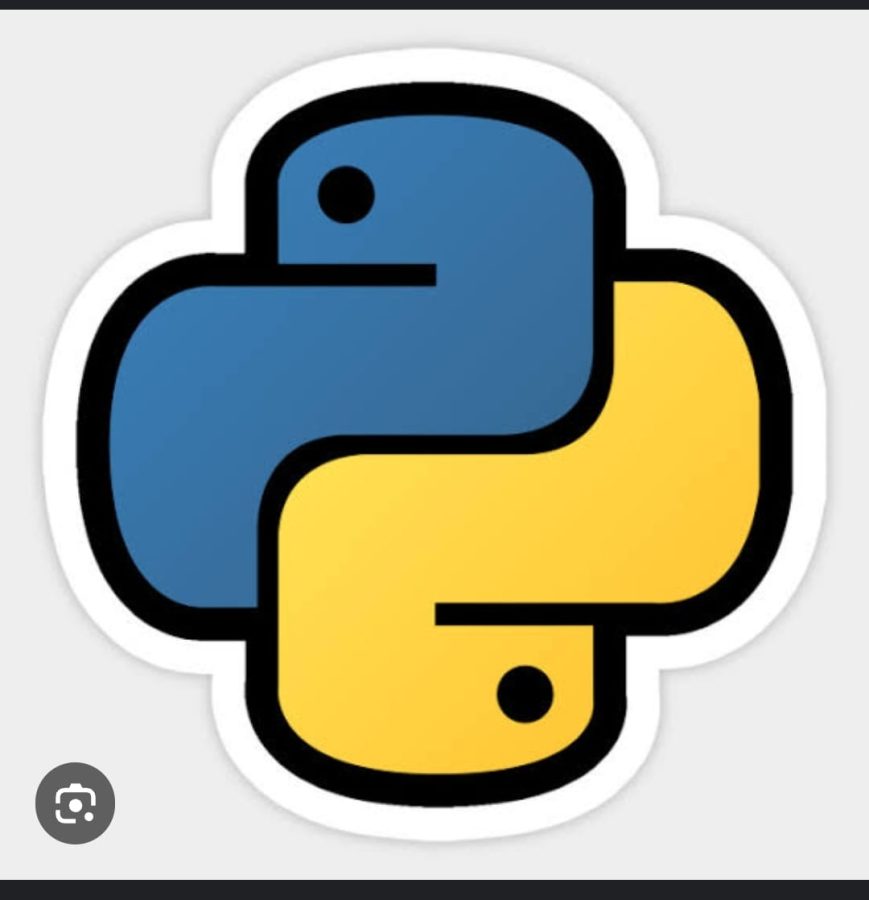Custom exception Handling in Python – What It Is and How to Use It
Custom exception Handling in Python is a fundamental concept that every programmer must understand to build robust and error-free applications. It helps in managing runtime errors and allows the program to continue its execution without crashing. In this blog post, we’ll understand what exception handling is, why it’s important, and how it works in Python, and how to create and handle custom exceptions handling .
What is Exception Handling in python?
In simple terms, exception handling refers to the method of handling errors or unexpected situations that occur during program execution. These errors can be anything like dividing by zero, using invalid input, or accessing unavailable files. Instead of letting the program crash, Python allows you to handle such errors gracefully using special blocks like try, except, else, and finally .
Why custom Exception Handling in Python is useful?
-
Prevents program crashes
-
Provides better user experience
-
Helps debug errors easily
- Ensure smooth program
How Does Exception Handling Work in Python?
Python uses the following keywords for exception handling:
-
try : The code that might cause an error is placed inside this block.
-
except : The c
-
code to handle the error is written here.
-
else : This block runs if no exception occurs.
-
finally : This block runs no matter what — to clean up resources.
Example :
try:
number = int(input(“Enter a number: “))
result = 10 / number
print(“Result is:”, result)
except ZeroDivisionError:
print(“Error: Cannot divide by zero.”)
except ValueError:
print(“Error: Invalid input. Please enter a number.”)
finally:
print(“Program completed.”)
Common Built-in Custom exception handling in Python:
-
ZeroDivisionError – When dividing by zero
-
ValueError – When a wrong data type is used
-
TypeError – When operations are applied to incompatible types
-
IndexError – When acce
-
ssing an invalid list index
-
FileNotFoundError – When a file is not found
Creating and Handling Custom Exceptions :
Sometimes, built-in exceptions are no
t enough. You can define your own exceptions.
Best Practices for Custom exception Handling in Python :
-
Always catch specific exceptions.
-
Avoid catching all exceptions using a generic except: block.
-
Use the finally block to release resources like files or database connections.
-
Do not ignore exceptions silently — always log or display them.
- “Python makes custom exception handling simple and effective.”
Conclusion :
Custom exception Handling in Python makes your code more reliable and easier to debug. Whether you’re building a small script or a large application, handling errors gracefully can save a lot of time . Make sure to use proper exception blocks, understand the types of errors that may occur, and implement best practices for and practices of clean and implement best for maintainable code.
Custom exception handling in python not only improves the readability of your code but also helps in maintaining large application. With user-defines exceptions developers can catch specific errors and handle them appropriately, making debugging easier and error message more informative. This leads to cleaner, more efficient Python program.
Example: With the right use of custom exception handling, your Python programs becomes more reliable and easier to debug “So that’s how you can use custom exception handling in Python effectively.”
Want to learn about custom exception handling geeksforgeeks.org/python-exception-handling
To read more similar blog on python topic Click here
